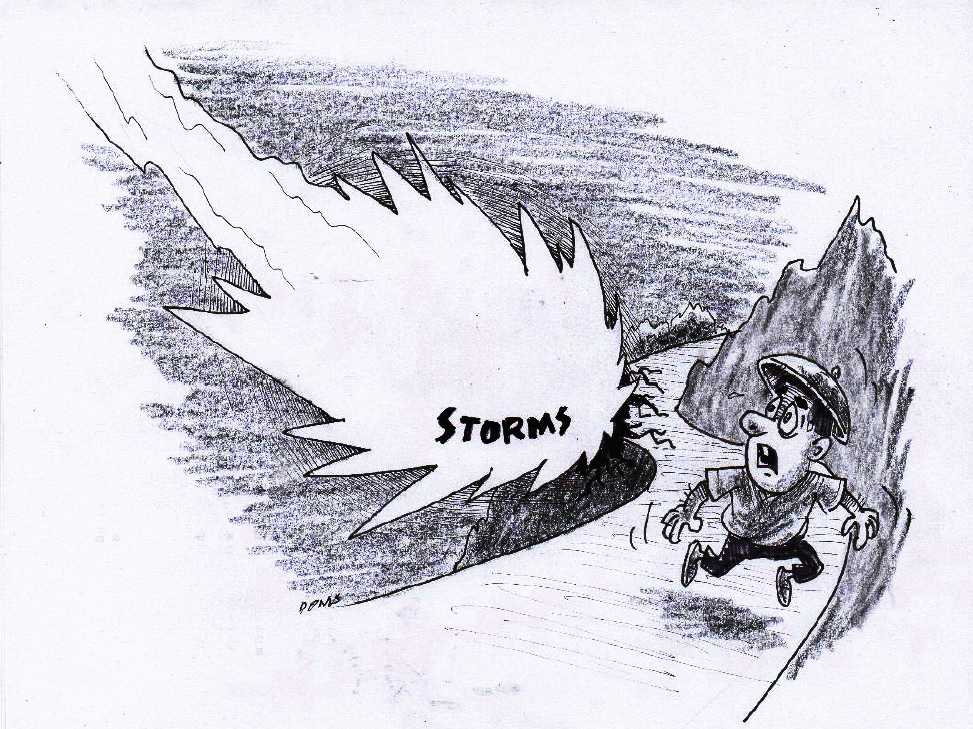Damages to infrastructures to include roads and highways are common reports produced by the Department of Public Works and Highways (DPWH). Such reports should have been just normal had the causes been expected, like worn out roads due to extended periods of time.
But most of these causes are unnatural, albeit caused by natural calamities. Look at how infrastructures get damaged by frequent typhoons that enter the country’s area of responsibility twenty times per year on average. This entails endless damages. Somehow, that’s what the country gets for being situated in front of the Pacific Ocean where typhoons are born year-round.
From the recent Tropical Depression ‘Usman” alone, road impairments amounted to P54.5 million according to DPWH. These are damages in Samar Island where the storm had landed. It’s just the beginning of the year, yet we already incurred such losses. How much more are we going to lose should the rest of the storms hit us in the course of 2019, then? Is there anything we can do to prevent the onslaught of these catastrophes?
Nothing. All we can do is to restore and rehabilitate the damaged portions, then expect for similar damages come those forthcoming calamities. Perhaps what the DPWH can do is to ensure they build tougher and stronger infrastructures that could resist disasters, not ones that do not follow specifications; not those that are drained of strength due to construction anomalies and irregularities.
We just hope that these damages are not due to inferior quality and workmanship of those damaged projects. We expect that those damages are due to the intensity of the calamities, not because of easily-damaged road quality.




